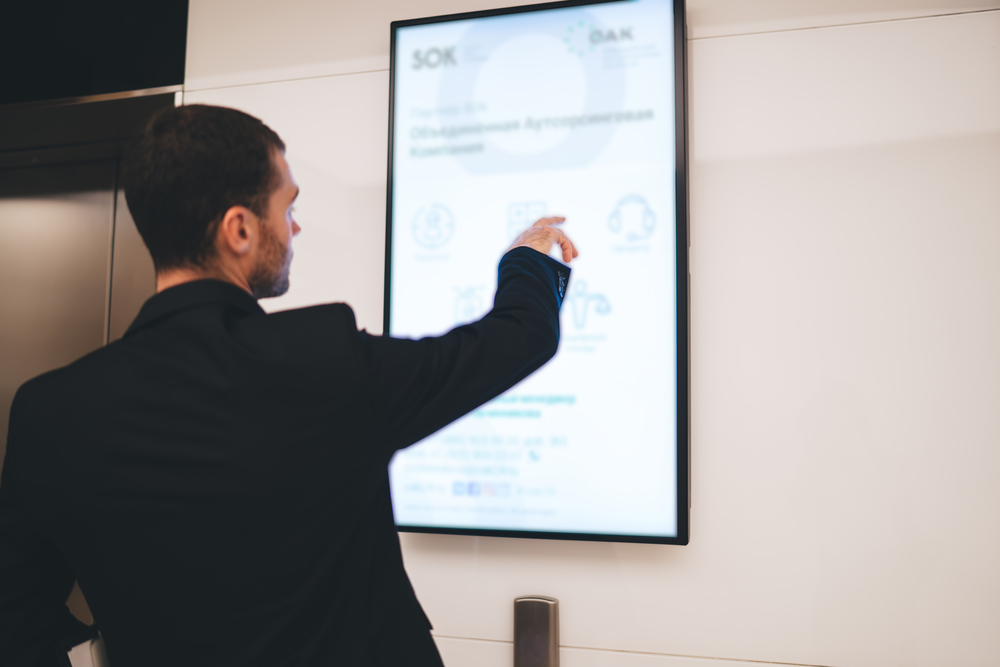Deliver clarity and impact with expertly designed trial presentations tailored to your needs.
Deliver clarity and impact with expertly designed trial presentations tailored to your needs.
Blog Article
How Trial Presentations Enhance Your Debate and Convince Jurors
Trial discussions function as an essential system for enhancing legal disagreements and convincing jurors. By integrating visual help, narrative structures, and psychological engagement, attorneys can produce an engaging situation that reverberates on numerous levels. The critical use of visuals not just clarifies intricate info but likewise records jurors' focus better than words alone. Nonetheless, the art of storytelling plays a similarly important role in changing valid proof into a compelling story, shaping jurors' assumptions - trial presentations. Understanding these elements can considerably affect test results, raising the question of just how each element adds to this detailed dynamic.

Value of Aesthetic Help
Visual aids play a critical duty in boosting the performance of test discussions, as they can considerably enhance audience interaction and retention of information. In the context of a test, where jurors are tasked with processing facility info, visual aids offer to simplify and clarify bottom lines. Charts, charts, and photos can convey data and principles that may otherwise overwhelm or confuse jurors, permitting for a much more simple understanding of the evidence provided.
In addition, aesthetic aids aid in preserving juror focus throughout the procedures. By damaging the dullness of verbal testament, these devices can stress essential debates, making them much more memorable. Efficient aesthetic aids can also evoke emotional actions, which can be crucial in convincing jurors to align with the presenter's narrative.

Crafting Engaging Stories
An engaging story is crucial in trial discussions, as it functions as the foundation of reliable persuasion. It allows attorneys to weave together realities, proof, and emotional aspects into a systematic tale that reverberates with jurors. This narrative structure enables jurors to comprehend the intricacies of the situation while leading them with the attorney's debate.
To craft an engaging narrative, lawyers need to concentrate on clearness and comprehensibility. This entails developing a clear lead character-- often the client-- and describing their trip with the events concerned. Offering the facts in a logical sequence enhances understanding and maintains involvement. In addition, making use of brilliant summaries can develop psychological images that aid jurors imagine the events, making the narrative much more memorable.
Additionally, integrating crucial themes throughout the discussion enhances the core message and aids in retention - trial presentations. The narrative should not only communicate information however likewise stimulate a feeling of justice, highlighting the risks entailed. Ultimately, a well-constructed story cultivates a connection between the jurors and the instance, positioning the lawyer's argument as both legitimate and engaging, thus Website raising the likelihood of a positive judgment

Engaging the Jury Emotionally
Efficient court engagement rests on the lawyer's ability to attach with jurors on a psychological level. This link can significantly influence jurors' perceptions and their utmost decision-making. Utilizing sob stories permits attorneys to humanize the situation, changing abstract legal principles right into relatable experiences. By providing real-life stories or reviews, lawyers can evoke compassion and concern, promoting a deeper understanding of the concerns at risk.
Visual aids, such as pictures or videos, can even more boost emotional engagement, giving jurors with brilliant depictions of the case's human components. Crafting a story that highlights the battles and victories of the people involved makes sure that jurors see beyond the legal disagreements and recognize the human effects of their decisions.
Moreover, tone and body language play a vital function in sharing feeling. A lawyer's passionate shipment can resonate with jurors, reinforcing their psychological financial investment in the event. It's vital to stabilize sob stories with valid proof, making sure that jurors really feel forced to act while remaining grounded in the reality. Ultimately, a mentally engaged jury is a lot more likely to be convinced, making psychological connection a crucial element of efficient trial presentations.
Structuring Your Presentation

The body of the presentation need to be logically segmented right into key factors, each sustained by engaging evidence. It is useful to utilize narration methods to weave truths right into a narrative that jurors can conveniently follow. Visual help, such as graphes and video clips, can enhance understanding and engagement, aiding to highlight crucial items of proof.
Real-World Study
Examining real-world situation studies gives vital insights into the art of trial discussions and persuasion. The spots instance of "O.J. Simpson v. The People of California" highlights just how visual help and engaging narratives can guide jury assumptions. The protection team successfully utilized a strategy that incorporated top-level professional testaments with multimedia discussions, which captivated jurors and inevitably affected their choice.
One more significant instance is the "McDonald's Coffee Situation," about his where the complainant's attorneys used visuals images of the injuries sustained by Stella Liebeck. trial presentations. This plain visual proof played a crucial role in conveying the seriousness of her burns, resulting in a considerable court honor. Such cases show that impactful trial presentations typically depend upon the efficient combination of visuals and narration to stimulate psychological responses from jurors
In addition, the "Casey Anthony Trial" highlighted the value of narrative coherence and integrity. The prosecution's failure to establish an engaging timeline decreased their convincing power, highlighting the requirement of a well-structured presentation. Examining these instances exposes that effective trial discussions need critical planning, psychological interaction, and the ability to resonate with jurors' worths and ideas.
Final Thought
Test presentations considerably improve arguments and convince jurors through the critical use of aesthetic help, engaging stories, and emotional engagement. A well-structured discussion balances psychological allures with valid evidence, eventually reverberating with jurors' values.
Report this page